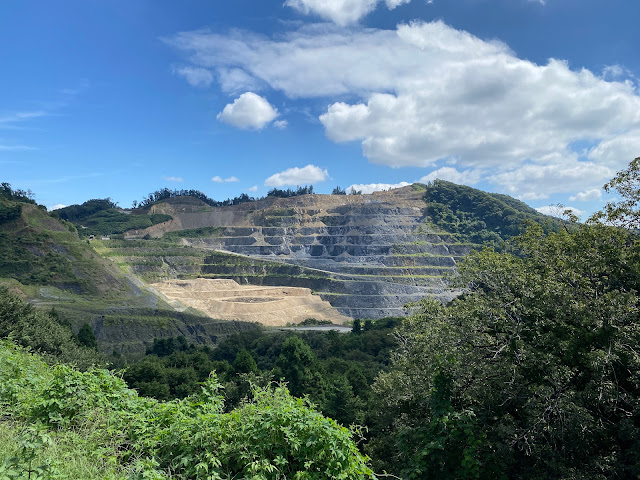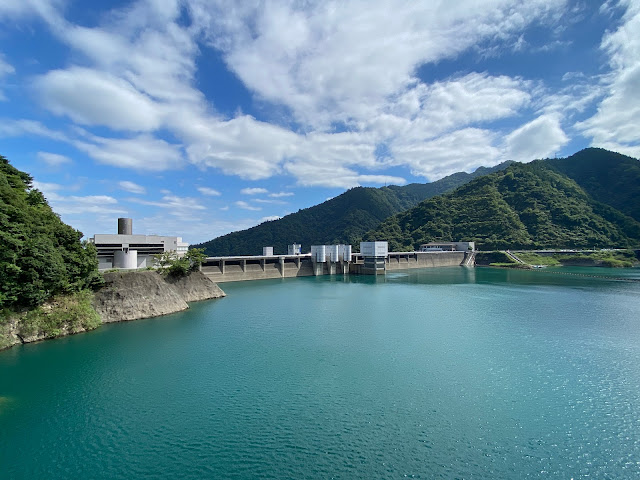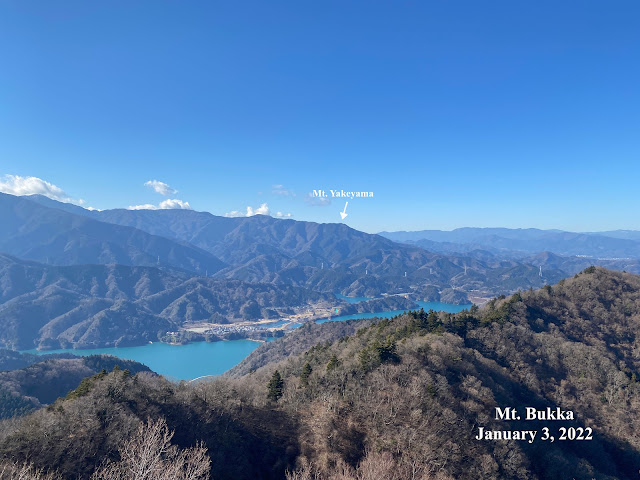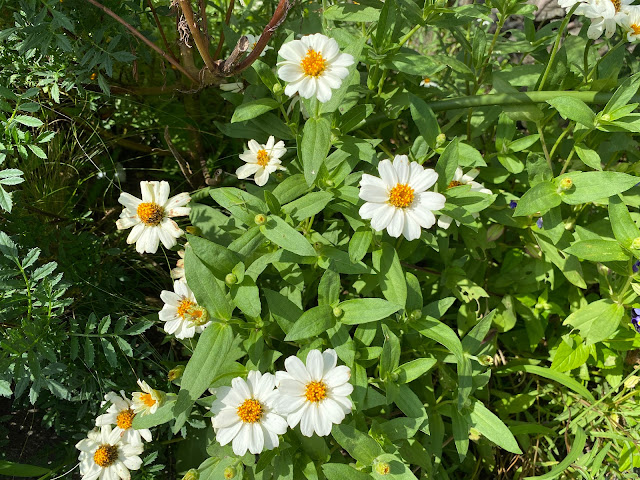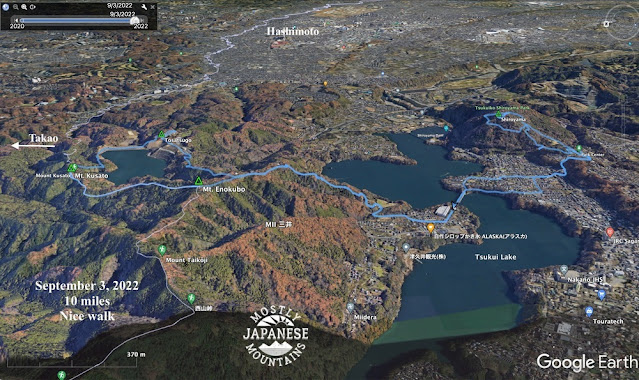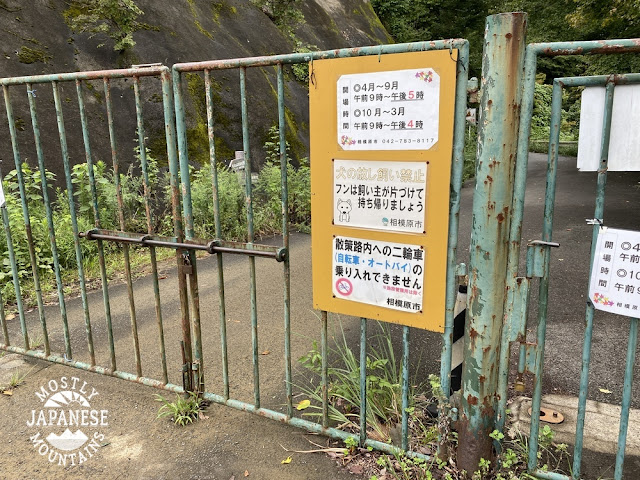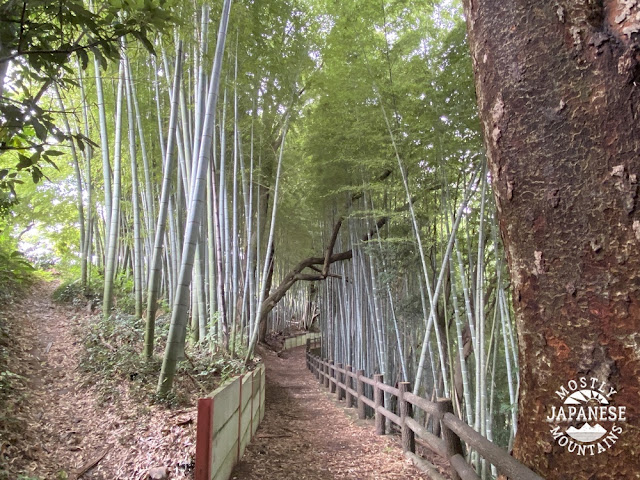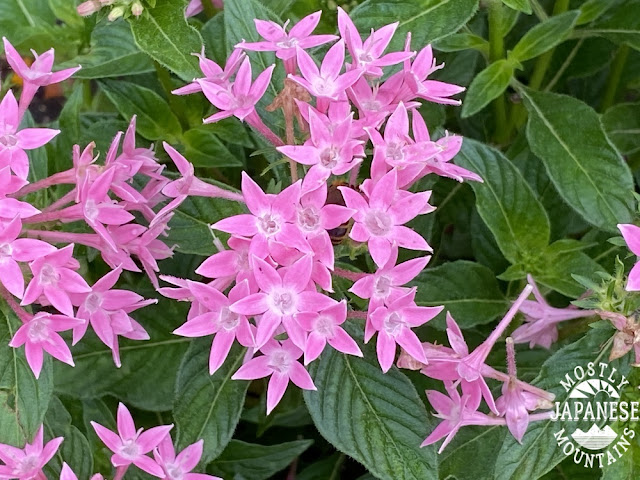I'm with Charlie Allnut.
Greetings cavedwellers of all shapes and sizes.
Location: Kanagawa from Shiroyama to the Aikawa Park and the Miyagase Dam
Starting and stopping point: Tsuiko Shiroyama Park 県立津井湖城山公園
Mountains climbed: It's charitable calling these little bumps mountains, but they are on the map as such: Hinomori, Sakura, Amagoi
Getting there/getting around: 20 minutes by bus from Hashimoto Station (Keio Sagamihara Line or JR Yokohama Line). I drove. There is free parking at the Tsuiko Shiroyama Park
Map: Yama to Kogen Chizu # 28 Takao Jinba 高尾・陣馬
Weather Information: Weather for nearby Mt. Bukka
Distance: 18.5km
Elevation: The lowest elevation was something like 220 meters and the highest was only about 450. Very low level stuff. Despite this, I was surprised to see from my hiking app that I walked up 953 meters and back down 957 meters. I guess that the length of the hike made this possible.
Technical considerations/difficulty: This is a very gentle hike. There's nothing steep. There are no ropes, chains or ladders. Much of it is on paved roads or at least dirt roads by farmer's fields. The geography and the flora are not a problem. The fauna, on the other hand . . . I got attacked by leeches somewhere along the way. I noticed them sucking away on my legs around the tops of my shoes sometime after getting passed Mt. Amagoi. Because of this, I decided to forgo walking through the woods on the return trip and stayed on the streets. Leeches are an issue on this side of Kanagawa around Lake Miyagase. (Fun fact, the name of the highest mountain in Kanagawa--Hirugatake--
Facilities: There are public toilets at the parks and there are ample vending machines on the streets on the way. The Aikawa Park has ice cream. There are a few convenience stores on the way, too. I passed by the Ogino Bakery (オギノパン) which is famous for Tanzawa anpan 丹沢アンパン--rolls with red bean paste. It might be worth checking out as this local delicacy is popular. It was quite crowded yesterday. I am a cheapskate, though. Even though I've been by the place 5 or 6 times, I've never gone in. Check it out and report back to us, ok?
Thoughts/observations/
Here is what it looked like on the map and in animation.
Let's look at some pictures. Much of this hike was on the street.
This is the Miyagase Dam. The last time I was here, the gate was closed because of COVID. Keep this between us, but it's easy to climb over. There's a cable car to get up to the dam, if you're too lazy to walk up. (I'll bet Kanto Fureai hikers would probably take the cable car.) There is also some type of visitor's center which, I'm sure, has educational stuff about dams. There is a cafe and museum. The cable car opens at 10.
I took these at the Aikawa Park (神奈川県立あいかわ公園), which is right next to the dam. This park is a great place for picnicking or spending the day with kids. There are tens of thousands of azaleas, a lot of open grassy spaces for throwing a ball around, an obstacle course for kids, a visitors center, snacks, etc. It's a nice spot. It didn't seem too crowded inside the park when I was there but I noticed there was a line of cars about 100 meters long waiting to get into the parking lot.
I've been to the park and by the dam a few times to climb up to nearby Mt. Bukka and the other mountains lining the ridge up to Mt. Oyama ("Big Mountain".) I can see Oyama from my house. It is the last big mountain on the left 20 miles to the south of where I live. I really like being able to look at mountains in the distance and remember being there.
There are some great views from those mountains and Lake Miyagase is beautiful to walk or drive along. These are all pictures I took on past excursions between the dam and Mt. Oyama.
As I said, I decided to stick to pavement on the way back from the dam and I came across this farm as I walked along. This is the Hattoribokujo.
There are lots of animals, ice cream, sausage, etc. I have a retired friend who often goes on daytrips with his wife and their dog so I told him about this place only to find that he'd already been there, twice in the last month. He gave it glowing reviews. Another place that would be nice to take kids or a date.





